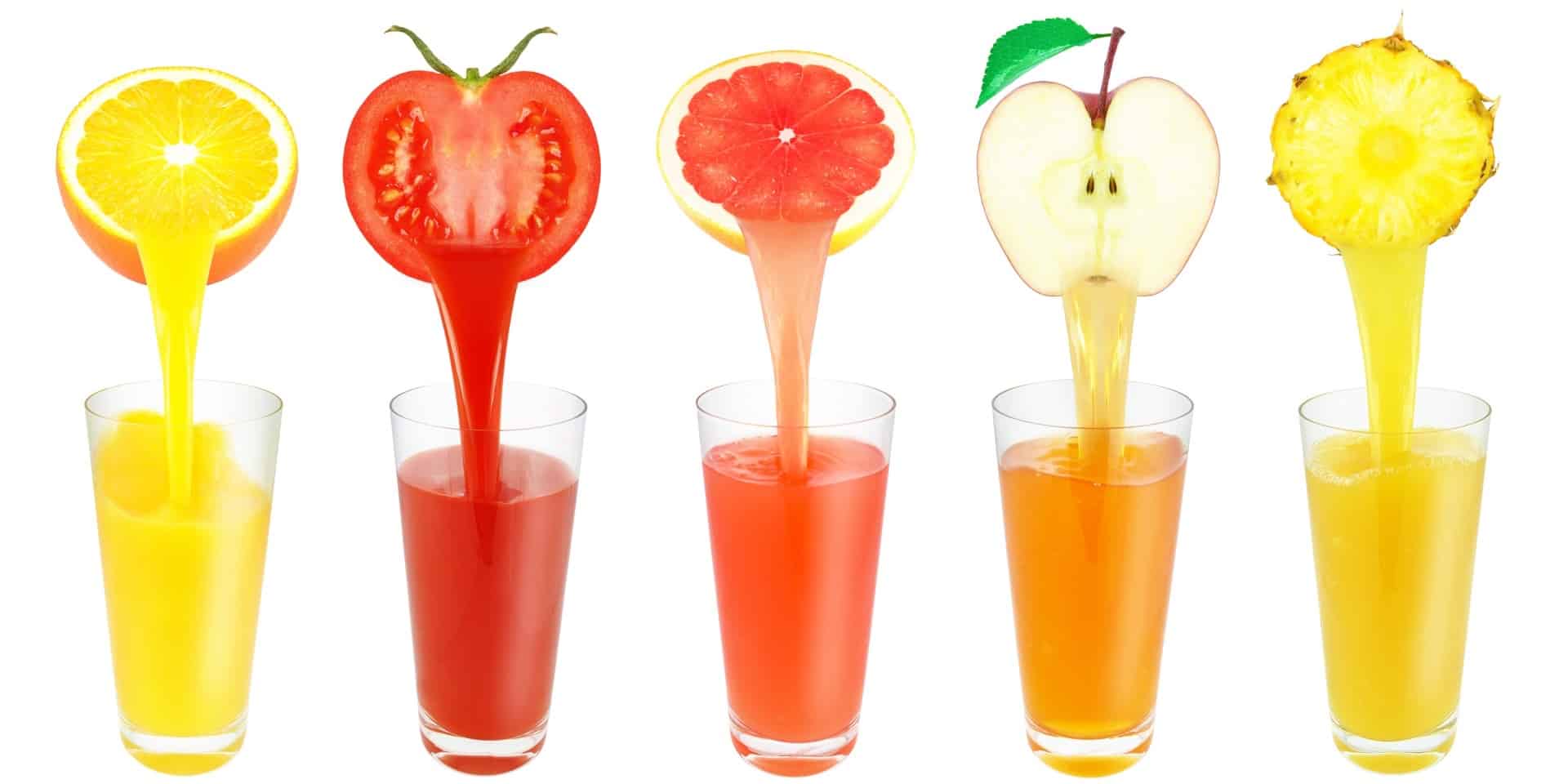Have you ever wondered what goes into the vibrant colors of your favorite foods? Kosher food coloring plays a significant role in making dishes visually appealing while staying true to dietary laws. This coloring can be found in various products, from candies to dressings, catering to those who follow kosher practices.
Understanding the types and purposes of kosher food coloring can enhance your cooking and baking experience. Many are made from natural sources, ensuring that they align with kosher standards, making them an excellent choice for everyone.
In this article, you will learn how kosher food coloring is used, its benefits, and tips for choosing the right kind for your culinary creations. Knowing how to select and use these colors can help you create beautiful and exciting dishes that everyone will enjoy.
Understanding Kosher Certification
Kosher certification ensures that food products comply with Jewish dietary laws. It is important when selecting kosher food coloring.
Key Points of Kosher Certification:
- Supervision: Certified products undergo strict supervision. This includes ingredient verification and regular inspections.
- Symbols: Look for kosher symbols on packaging. Common symbols include “OU,” “Kof-K,” “OK,” and “Star-K.”
- Ingredients: Not all food colorings are kosher. Ingredients must be verified to meet kosher standards.
Benefits of Kosher Certification:
- Quality Assurance: You can trust that the food complies with stringent guidelines.
- Dietary Compliance: It helps you maintain dietary restrictions according to Jewish laws.
For example, many popular brands of food coloring use kosher certification to assure consumers. You may find kosher-certified colors in baked goods, candies, and beverages.
By choosing certified kosher food coloring, you ensure your products align with your dietary needs. This certification is crucial for anyone observing kosher practices.
Types of Kosher Food Colorings
When choosing kosher food colorings, you will encounter two main types: natural and synthetic. Each type has its own characteristics, uses, and kosher considerations. Understanding the differences can help you select the best option for your culinary needs.
Natural vs. Synthetic
Natural food colorings come from plant, animal, or mineral sources. Examples include beet juice, turmeric, and spirulina. These colors are generally considered better for your health and offer a more authentic appearance to foods.
Synthetic colors, such as Red #40 and Yellow #5, are often made from petroleum products. They are widely used due to their vibrant shades and consistency. While they can be kosher, you should always check for certification to ensure they meet kosher standards.
In many instances, natural colorings may fade over time, while synthetic options retain their brightness. Your choice between the two will depend on factors like dietary preferences, vibrancy needs, and kosher certification.
Common Kosher Coloring Agents
Some common kosher coloring agents include:
- Beet Juice: A natural red color, used in juices and candies.
- Turmeric: Provides a yellow hue, often found in mustards and curries.
- Spirulina: A blue-green color, used in smoothies and health foods.
- FD&C Red #40: A synthetic red used in sweets and beverages.
- FD&C Yellow #5: Commonly used in cereals and drinks for a bright hue.
You should choose your colors based on both their visual impact and kosher compliance. Always verify the kosher status on packaging for both natural and synthetic options to ensure they meet your dietary requirements.

Applications in Food Production
Kosher food coloring plays a crucial role in both commercial food production and home cooking. Its applications range from enhancing the visual appeal of products to adhering to dietary laws.
Commercial Use
In commercial kitchens and food manufacturing, kosher food coloring is essential for a variety of products. You may find it in beverages, confections, dairy items, and baked goods. For example, Yellow #5 is popular in soft drinks and ice creams, while Red #40 often appears in candies and sauces.
Manufacturers choose kosher-certified colors to ensure compliance with dietary laws and expand their customer base. Over 60% of consumer products are now certified kosher, reflecting its growing importance. Using certified coloring helps businesses meet consumer demand for transparency and ethical sourcing in their ingredients.
Home Cooking
In home kitchens, kosher food coloring allows you to creatively enhance your dishes. You can use it to add vibrant colors to frosting, batters, and drinks. Common colors like Blue #1 for icing or Red #40 for cake mixes can elevate the presentation of your culinary creations.
You can mix these colorings to achieve desired shades while ensuring your food remains compliant with kosher standards. Checking for kosher certifications on the labels can help you make informed choices. Home cooks often appreciate the quality and safety of kosher food coloring when preparing festive meals or treats for special occasions.
Regulatory and Labeling Requirements
When you use kosher food coloring, it is important to understand the regulatory and labeling requirements that govern its use. These regulations ensure that the food coloring you choose is safe and meets specific kosher standards.
Domestic Regulations
In the United States, the Food and Drug Administration (FDA) regulates food coloring under the Federal Food, Drug, and Cosmetic Act. Food colorings must be labeled according to their ingredient composition and comply with safety standards. Ingredients must be listed in descending order by weight. Any color additives, including kosher options, must be approved by the FDA before use. You should also ensure that the food coloring is certified kosher by a reliable authority, such as OU Kosher or Star-K, which guarantees adherence to kosher laws.
International Standards
Many countries have their own regulations concerning food coloring. In the European Union, food colorings must comply with the EU regulations on food additives. You may see E-numbers on products, indicating approved color additives. These regulations require thorough safety assessments before approval. It’s crucial for you to verify if the kosher food coloring complies with these international standards if you plan to use it in countries outside the U.S. Always check for certifications that indicate the product meets both kosher standards and local regulations.
Conclusion
Kosher food coloring plays a vital role in food preparation and presentation. You can use it to enhance the appearance of various dishes while adhering to dietary laws.
When using food colorings, ensure they meet kosher standards. Check labels for certifications. This ensures compliance with dietary practices and provides peace of mind while cooking.
Adding kosher food coloring to your dishes not only enhances visual appeal but also respects your dietary commitments. It allows for creativity in the kitchen while maintaining important traditions.



